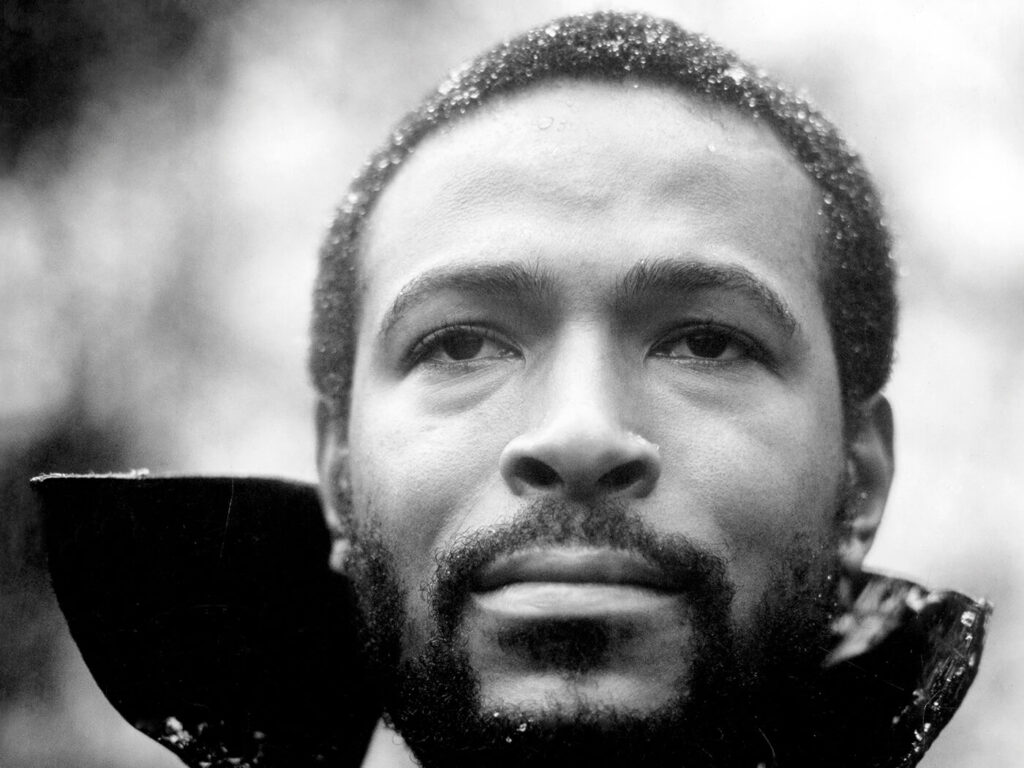Ed Sheeran Beats Long-Running ‘Thinking Out Loud’ Copyright Lawsuit

Photo Credit: Ed Sheeran by Stephen Lavoie / iRocktography
Ed Sheeran’s ‘Thinking Out Loud’ isn’t similar enough to Marvin Gaye’s ‘Let’s Get It On’ to enforce copyright protection, an appeals court rules.
Ed Sheeran is popping another champagne cork in his long-running battle against a copyright infringement lawsuit over “Thinking Out Loud.” The United States Court of Appeals for the Second Circuit ruled the song’s similarity to Marvin Gaye’s “Let’s Get It On” did not warrant enforcing copyright protection.
The Court of Appeals affirmed the district court’s dismissal of the copyright infringement lawsuit, filed by Structured Asset Sales (SAS), which owns a portion of the royalties from the Marvin Gaye classic.
In the three-judge panel’s decision, the Copyright Act of 1909 only protects the musical composition of “Let’s Get It On” as defined by the sheet music filed with the Copyright Office in 1973. Therefore, it does not protect elements present solely in the audio recording of the song.
Further, the court rejected SAS’ argument that the combination of a four-chord progression and a syncopated harmonic rhythm in Gaye’s track was sufficiently original to warrant copyright protection. Instead, it found this combination to be too commonplace to protect it without granting it an overly broad monopoly.
“Basic musical building blocks like notes, rhythms, and chords are generally not copyrightable,” the judges wrote.
The court also asserted that no reasonable jury would find the two songs substantially similar, with entirely different melodies and lyrics. As a result, SAS failed to raise a triable issue of fact regarding copyright infringement having taken place, and the district court affirmed summary judgment to Sheeran.
Their recent ruling helps tie up remaining loose ends following Sheeran’s court victory over the same song last year. That trial was brought about by descendants of Ed Townsend, Marvin Gaye’s co-writer.
A key dispute throughout that case was also whether the copyright of “Let’s Get It On” protected specific parts of the song. Ultimately, the protected parts were defined by the written deposit copy, and jurors could not consider additional elements from Gaye’s recording.
Link to the source article – https://www.digitalmusicnews.com/2024/11/03/ed-sheeran-beats-thinking-out-loud-copyright-lawsuit/
Recommended for you
-
SONICAKE Guitar Bass Headphone Amp Mini Headphone Amplifier US Madness Rechargeable Pocket Chorus Effects
$27,98 Buy From Amazon -
Sai Musical Cornet Trumpet Bb Flat Orange Nickel, Hard Case, Mouthpiece – Ideal for All Skill Levels: Beginner, Student, Professional
$119,00 Buy From Amazon -
MTUERANC 5Pin DIN Cable, DIN 5Pin MIDI Male to 3.5mm TRS Male Stereo Plug 90 Degree Angle Audio Connection Cable for Sound Card Keyboard Piano Drum Recording, Red (3M/10Ft)
$9,99 Buy From Amazon -
Ibanez GSR200TR Gio SR Bass Guitar Transparent Red w/Gig Bag and Geartree Cloth
$0,00 Buy From Amazon -
from Yamaaha Motif – the very Best of – Large original WAVE/Kontakt Samples/Loops Library
$14,99 Buy From Amazon -
Yamaha EAD10 Electronic-Acoustic Drum Module with Stereo Microphone and Trigger,Black
Buy From Amazon -
Pyle 13” 3-Piece Kids/Junior Metallic Striped Yellow Matt Set with Throne, Cymbal, Pedal, Bass Drum, Tom and Drumsticks (PDRMKIT72N.5)
$109,99 Buy From Amazon -
Kat Percussion KTMP1 Electronic Drum and Percussion Pad Sound Module, Black
$99,99 Buy From Amazon














Responses